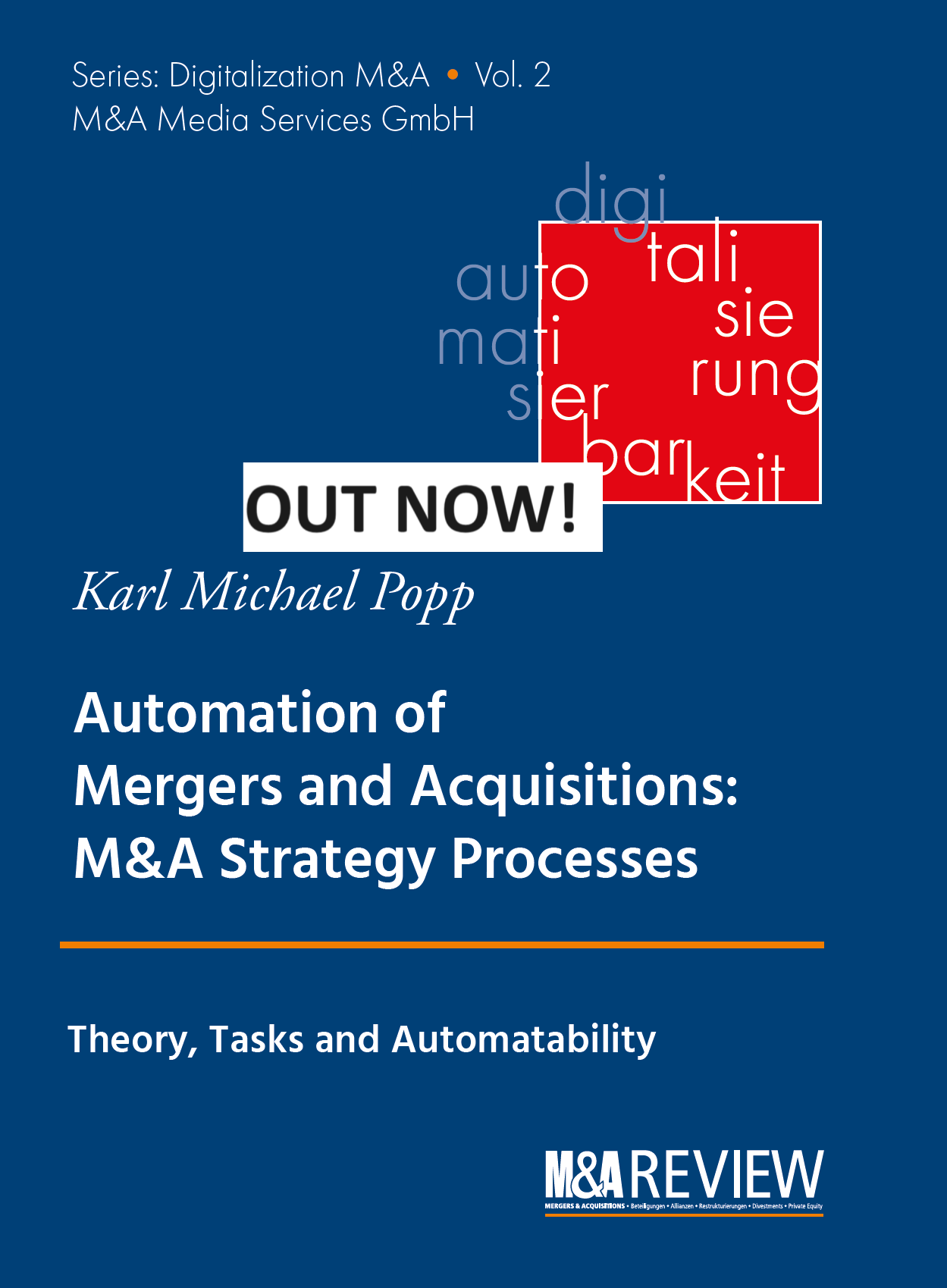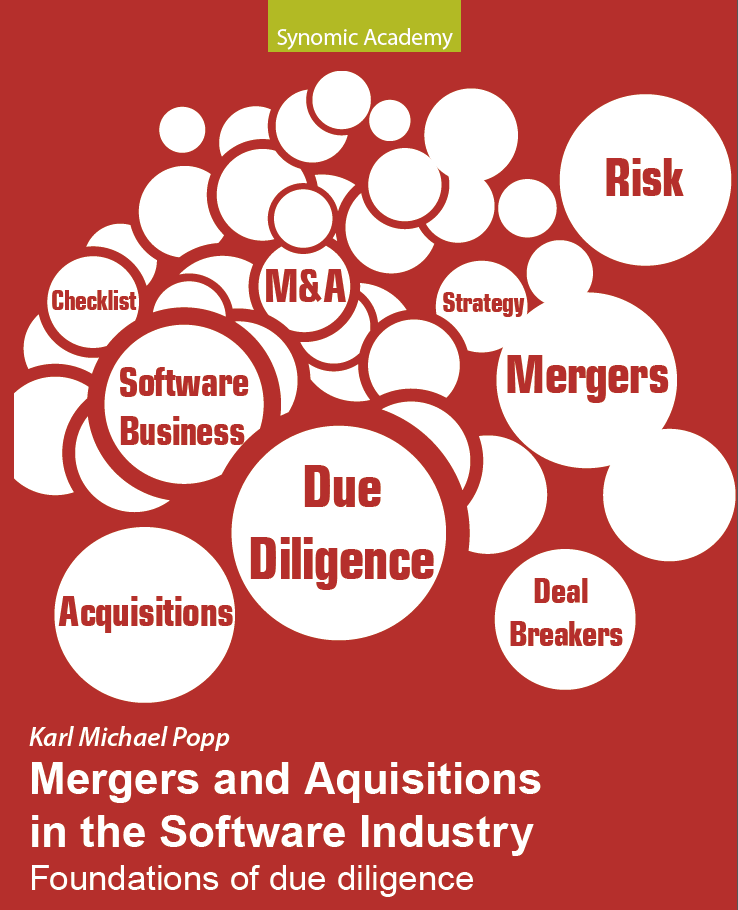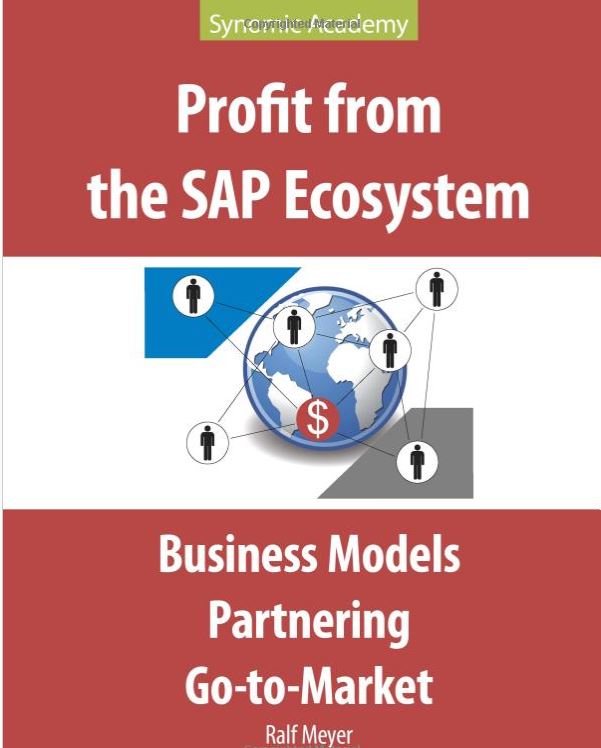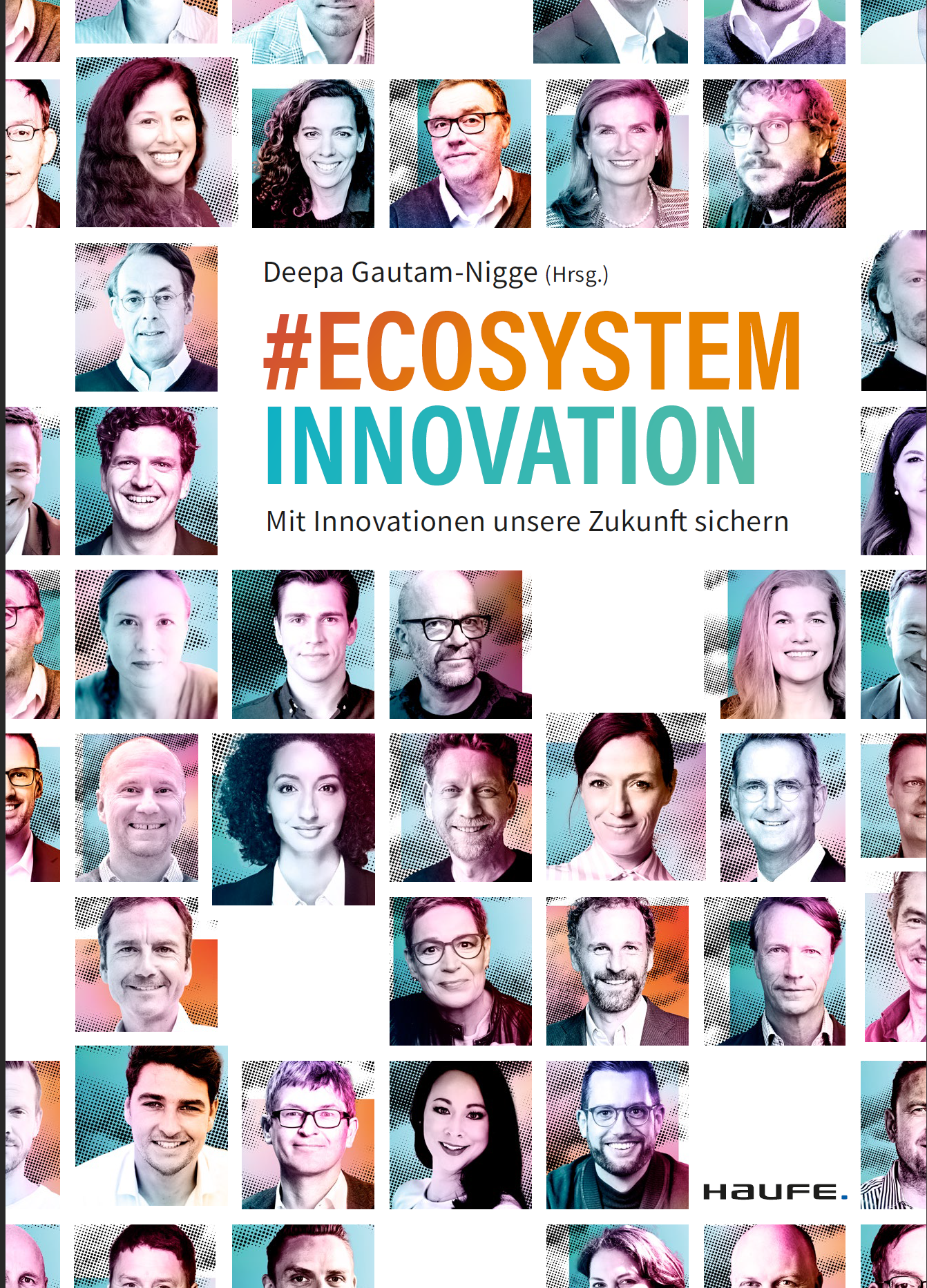Challenges and Issues in Sales and Marketing Integration During Merger Integration
This blog is in the Top 25 M&A blogs worldwide according to Feedspot
Introduction
The integration of sales and marketing, also known as go-to-market (GTM), during mergers often presents a multitude of challenges that can hinder the overall success of the merger. Spotting these problems is key for establishing efficient tactics to manage them. Here, let us talk about complexity and dependencies to other tasks.
The M&A reference model shows the interconnectedness of the activities within the M&A process and provides a glance on the complexity of integration activities resulting from data dependencies between tasks.
Here is an example.
GTM due diligence
The data object types of the task GTM Due Diligence, which are
GTM model of the target, GTM model of the buyer, Market, Market of the target, Assignment of target markets to industry, Industry, Trends, Industry Forces, Buyer revenue, Channel of the target, Customer of the target, Target customer contract, Turnover of the target company with direct customers, Product of the target, Product bundle of the target, Customer relationship of the target, Customer segment of the target, Value for the customer of the target, Target GTM processes, GTM applications of the target, Draft GTM integration plan, Draft integration plan for partnerships, Target partnership contract, Partner of the target, Competition of the buyer, Competitor of the buyer, Substitute for products of the buyer, Brand of the buyer, Legal aspect of a brand or trademark, Target value proposition, Buyer's value proposition, Target product functionality, Problem of the target customer, Legal aspect of a target customer contract, Target Competitor, Target Competition, Substitute, Sales of the target, Revenue streams of the target, Complementarity of the GTM model, GTM synergy, Accounting guidelines, Operations of the target GTM activities, Target go-to-market risk, Costs of out-licensing to the target partner, Target costs of the partner contract, Price of the target product, Discount rules of the target products, Customer relationship of the target partner, Customer of the partner, Customer contract of the target partner, Sales volume of the target partner.
are also used in the following non-GTM tasks
Joint Business Design Freeze, Operations Due Diligence, Financial Due Diligence, Dynamic valuation of the target without synergies, Defining the integration strategy, Integrated Valuation of NewCo incl. Synergies, Synergy POC, Top-Down Synergy Mapping and Synergy Scaling Approach, Finding potential targets, Evaluation of the fit of a target, Processing the long and short list, Target Due Diligence, Legal integration, Legal Due Diligence, Technical Due Diligence, Business Model Due Diligence, Intellectual Property Due Diligence, Embedded M&A Strategy, Integration Office Operations, Design of the merger integration plans, Design of the merger integration project, Review of the merger integration plans, IT integration.
Results
This example shows the following:
First, GTM due diligence is complex due to the many different data object types to be analyzed.
Second, the tasks listed above are dependent on the results of GTM due diligence,
Effective GTM integration during mergers needs strategic foresight. Anticipating and addressing potential challenges facilitates smoother transitions and enhances workforce engagement in the new organization.









